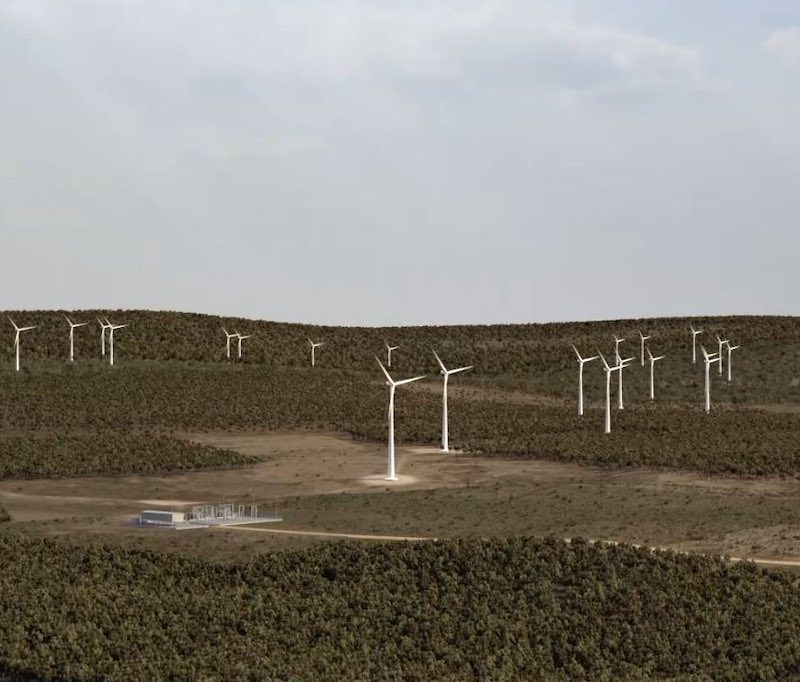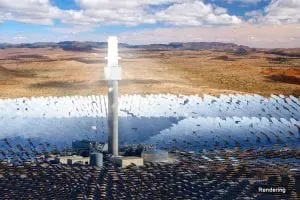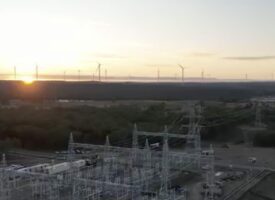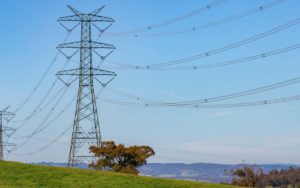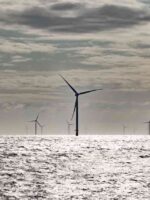Grid connection work for the 2000 megawatt (MW) MacIntyre wind precinct is moving ahead, with Queensland government-owned Powerlink erecting the 100th of 167 transmission towers to accommodate the massive project.
The company is now halfway through the connection project that requires 65km of 330kV transmission line installed and two switching stations in what is now called the Southern Downs Renewable Energy Zone (REZ).
The 360-turbine wind precinct will be made up of the 102 MW Karara wind farm owned by CleanCo Queensland, and ACCIONA Energia’s 923 MW MacIntyre wind farm – which are both under construction – and the more recently proposed 1 gigawatt (GW), $2 billion Herries Range Wind Farm.
Powerlink expects the grid construction work to finish by the end of 2023, for a planned commissioning of the first wind power from late 2024.
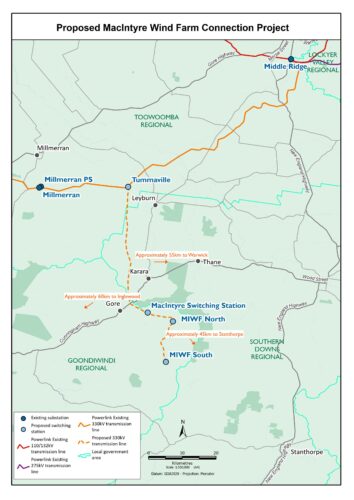
CleanCo has contracted to buy 400 MW of the output from MacIntyre over a decade, and Korean group Ark Energy is a 30 per cent shareholder and will take 350 gigawatt hours (GWh) of the energy produced for its Sun Metals zinc refinery near Townsville.
Sun Metals plans to use 100 per cent renewables by 2040, and signed the offtake agreement alongside partner Telstra in October.
Construction on the MacInytre wind precinct connection began in June 2022, but the foundations of the 5.7 MW turbines began to be poured in November.
The Nordex Delta 4000-N163/5.7 turbines stand at around 148 metres tall (hub height) and require nearly 2,000 tonnes of concrete in the foundation.
Big builds
Powerlink currently has 15 projects under way connecting a variety of renewable energy projects to the grid, according to its website.
In progress are connections for 2250 MW of pumped hydro, 2637 MW of wind, 1228 MW of solar, and 500/950 MW/MWh energy storage projects.
The projects are part of Queensland’s new “super grid” plans which are key to the state’s goal of delivering 50 per cent renewable energy by 2030, 70 per cent by 2032, and 80 per cent by 2035.
The Queensland government’s new 10-year energy and jobs plan includes plans for 22GW of new wind and solar, and 11.5GW of rooftop solar, all handled by the super grid.
In August last year, the Clean Energy Finance Corporation tipped in $160 million of funding to build the grid infrastructure all at once to reduce initial connection charges, a significant deviation from the business-as-usual staged construction of grid infrastructure, said CEFC CEO Ian Learmonth in a statement at the time.
But it’s also the kind of cash the Queensland transmission company is going to need as it pushes through its ambitious building plans.
The plan is set to put landowners in the money: as a way to push through the immense amount of transmission infrastructure the state needs, the SuperGrid Landholder Payment Framework will offer payments of around $300,000 a kilometre to landowners that host new transmission infrastructure.
That amount is about 50 per cent more than the sums offered to landowners in NSW and Victoria, even after payments in those states were effectively doubled to new levels of around $200,000 a kilometre.

